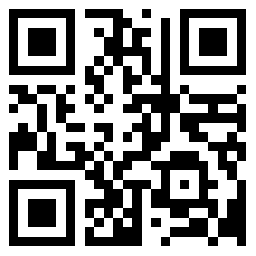超声造影、三维增强磁共振血管造影联合评价颅外段颈动脉狭窄
发表时间:2015-04-17 浏览次数:2105次
霍敏中,衣利磊,梁彤等.超声造影、三维增强磁共振血管造影联合评价颅外段颈动脉狭窄[J].吉林医学,2014,(14):2989-2991
霍敏中,衣利磊,梁彤
广州中医药大学附属佛山中医院,广东广州528000
2014
2989-2991
知网,万方
目的:探讨超声造影、三维增强磁共振血管造影在颅外段颈动脉狭窄诊断中的应用价值。方法:对23例行超声造影、三维增强磁共振血管造影及数字减影血管造影检查的颅外段颈动脉狭窄患者进行回顾性分析,观察动脉狭窄情况,对比三者检查结果并进行分析。结果:以数字减影血管造影诊断为金标准,23例46条颅外段颈动脉狭窄超声造影诊断的敏感性为93.3%,特异性为94.7%,准确性为93.8%,Kappa=0.861;三维增强磁共振血管造影诊断的敏感性为100%,特异性为89.5%,准确性为95.9%,Kappa =0.863;超声造影联合三维增强磁共振血管造影诊断的敏感性为100%,特异性为94.7%,准确性为97.9%,Kappa=0.945。结论:三维增强磁共振血管造影、超声造影各有优缺点,相互之间存在互补性,有机地将两种影像学检查方法相结合,可从多侧面、多方位地了解颈动脉的狭窄情况,能基本替代数字减影血管造影检查。 Objective To discuss the application value of Contrast-enhanced Ultrasonography,and Three-dimensional Contrast-en-hanced MR angiography in diagnosis on extracranial carotid artery stenosis. Method Review and analyze on 23 extracranial carotid artery stenosis patients with routinely Contrast-enhanced Ultrasonography,Three- dimensional Contrast-enhanced MR angiography and Digital subtraction angiography examination. To observe the status quo of carotid artery stenosis. To compare the three examination results and con-duct analysis. Results To take Digital subtraction angiography diagnosis as the golden standards. The 23 cases 46 extracranial carotid artery stenosis Contrast- enhanced Ultrasonography diagnosis,had a sensitivity rate of 93. 3%,a specificity rate of 94. 7%,and an accuracy rate of 93. 8%,when Kappa=0. 861. Three-dimensional Contrast-enhanced MR angiography diagnosis was possessed with a sensitivity rate of 100%,a specificity rate of 89. 5%,and an accuracy rate of 95. 9%,when Kappa=0. 863. Combination of Contrast-enhanced Ultrasonog-raphy and Three-dimensional Contrast- enhanced MR angiography diagnosis embodies a sensitivity rate of 100%,a specificity rate of 94. 7%,and an accuracy rate of 97. 9%,when Kappa=0. 945. Conclusion Three-dimensional Contrast-enhanced MR angiography and Contrast-enhanced Ultrasonography have their own advantages and disadvantages. They are inter -dependent and complementary. The combination of these two imaging examination methods can help understand the status quo of extracranial carotid artery stenosis from multi-ple dimensions and perspectives,and substitute DSA examination.












